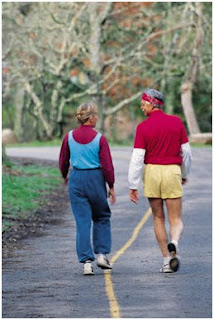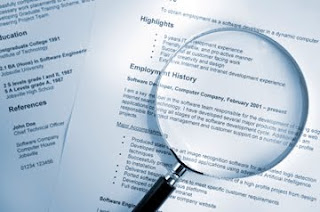
Disabled World
10/24/2010:
"Concurrent with October's National Disability Employment Awareness Month, WAMC Northeast Public Radio is making available its Access to Advancement series about the opportunities for, and achievements of, women with disabilities in science, technology, engineering and mathematics (STEM).
The series is now accessible both online and on free CDs. Divided into two sections, the first part of the series includes five stories that describe the latest practices, programs, and tools for supporting students with disabilities in their pursuit of STEM careers. The second part offers the stories of five successful women with disabilities who are studying or working in STEM fields.
According to the Science and Engineering Indicators: 2010, there are no comprehensive measures of the global S&E labor force, but fragmentary data suggest that the U.S. world share is continuing to decline. Many researchers indicate that women, underrepresented minorities, and people with disabilities represent a largely untapped talent pool. Dr. Angela Lee Foreman, assistant professor at the Rochester Institute of Technology and one of the women profiled for Access to Advancement, explained "everyone has a unique talent that they can bring to the lab or the workplace. And we cannot afford to overlook these unique talents and skills."
To read the entire article click on the title above.





















